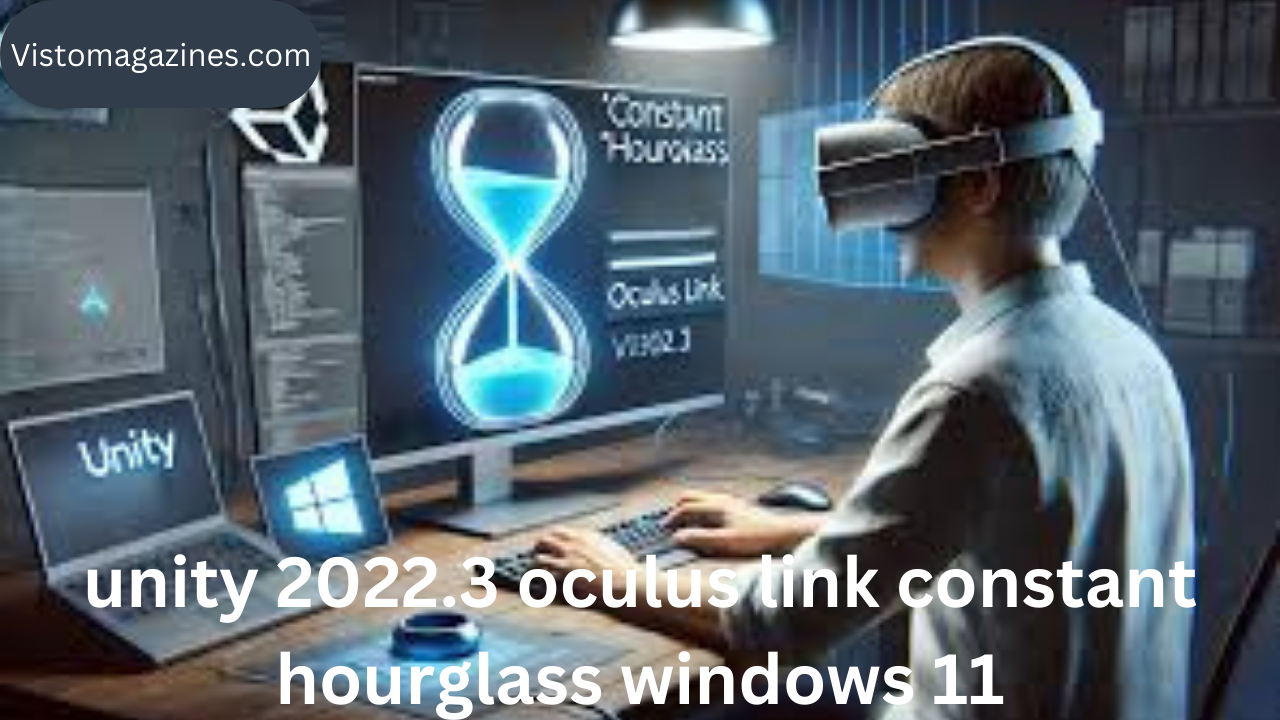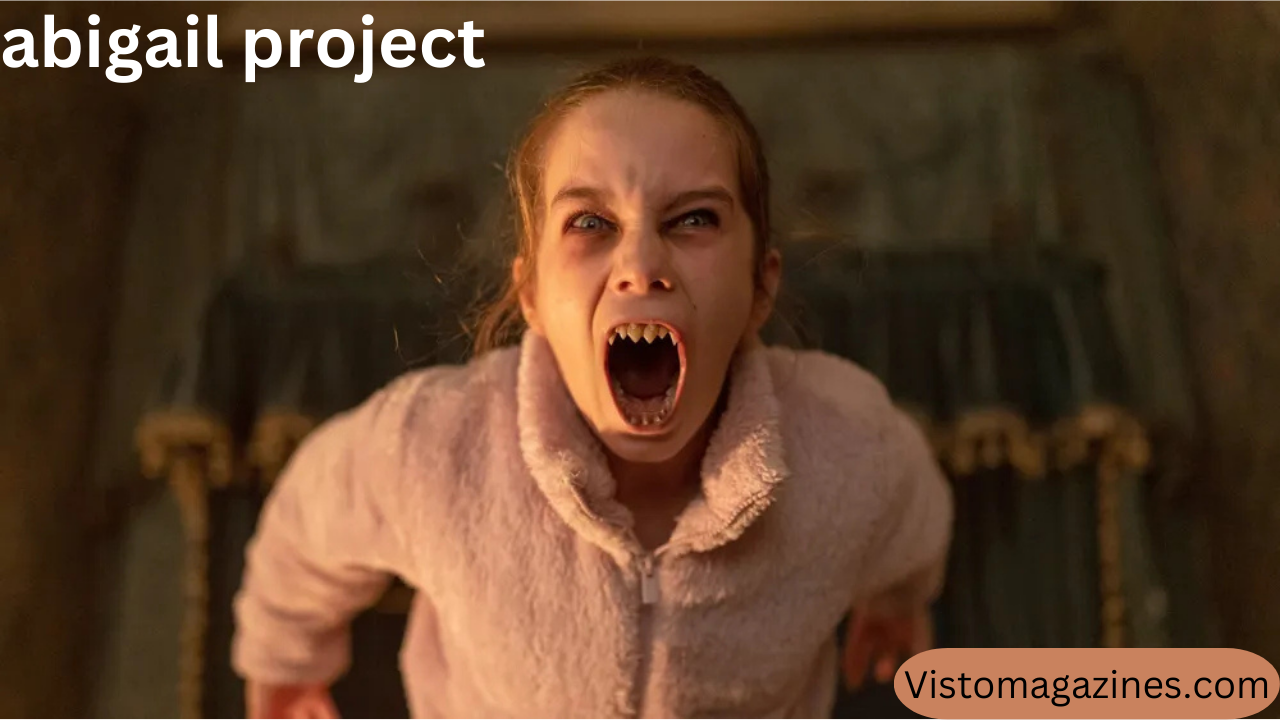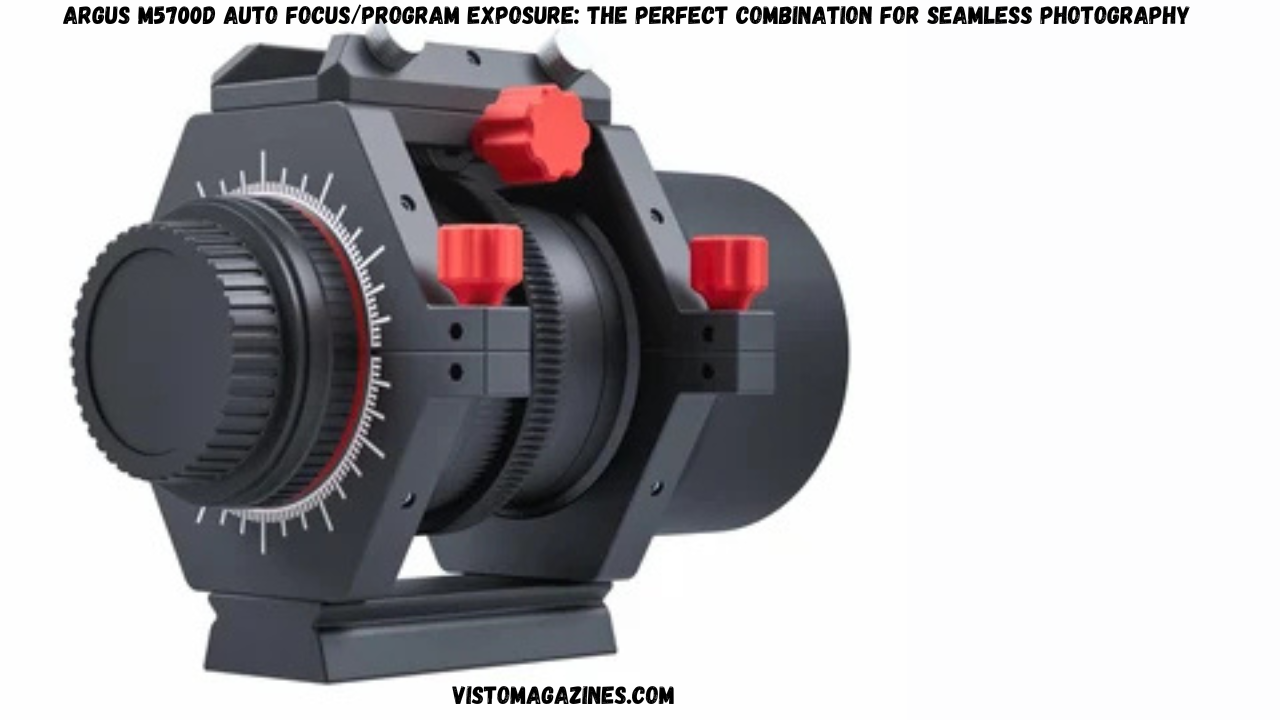Unity 2022.3 Oculus Link Constant Hourglass Windows 11: Troubleshooting and Solutions
Introduction
In recent years, Virtual Reality (VR) has become a transformative experience in the gaming and development communities, and Unity remains one of the top platforms for VR development. However, many users have reported issues when connecting their Oculus headsets to Unity 2022.3 on Windows 11, with the most common being the constant hourglass cursor spinning. This issue can be frustrating, especially for developers looking to create immersive VR experiences. In this article, we will explore the reasons behind the constant hourglass cursor in Unity 2022.3 with Oculus Link on Windows 11, possible causes, and effective solutions.
Understanding the Issue: Oculus Link and Constant Hourglass
What is Oculus Link?
Oculus Link is a feature that allows Oculus Quest and Quest 2 headsets to connect to a PC and run VR applications with better graphics and performance compared to standalone mode. It essentially turns your Oculus Quest into a tethered VR headset, using a USB-C cable to transmit data from the PC to the headset.
In Unity, the Oculus Link allows developers to test and develop VR applications in real-time. When working with Unity 2022.3, users might experience an issue where the hourglass cursor appears on the Windows 11 interface, indicating that Unity is unresponsive or stuck. This hourglass symbol can persist indefinitely, preventing users from interacting with the Unity editor and causing a significant halt in development.
The Issue on Windows 11
The issue of the constant hourglass cursor isn’t unique to Unity or Oculus Link alone. Users running Windows 11 have reported encountering this problem with various applications. However, in this case, the issue manifests when Oculus Link is used in conjunction with Unity 2022.3, which is the latest version of the Unity engine.
The hourglass cursor typically signals that a process is running in the background, but Unity might not be responding as expected, leading to the perpetual spinning. This can occur when the editor attempts to establish communication with the Oculus headset, particularly if there are problems with the Oculus software, drivers, or hardware compatibility with Windows 11.
Possible Causes for the Hourglass Cursor in Unity 2022.3 with Oculus Link
1. Outdated Oculus Drivers or Software
The most common cause for the constant hourglass issue is outdated or incompatible Oculus drivers. If the Oculus software or drivers are not up to date, the connection between Unity and Oculus Link might not work properly, leading to the hourglass cursor. Oculus regularly releases updates to improve performance and resolve compatibility issues.
In addition, if you are using an older version of the Oculus app, it may not be optimized to work with the latest updates in Unity 2022.3 or Windows 11, leading to problems when attempting to establish a connection.
2. USB Port or Cable Issues
Oculus Link requires a reliable USB-C connection to function smoothly. If the cable or USB port is damaged, the connection between the Oculus headset and your computer might be unstable, leading to the constant hourglass issue in Unity. The USB cable should be of high quality and meet the necessary standards for data transfer. Additionally, not all USB ports on a computer are equal; some may not provide the required data transfer rate for Oculus Link.
3. Conflicts with Windows 11 Settings
Windows 11, while a modern operating system, may introduce compatibility issues with certain applications, including Unity and Oculus Link. System settings related to graphics, security, and privacy can sometimes conflict with VR applications. This can result in poor performance or a freeze, manifesting as the constant hourglass cursor in Unity.
4. Insufficient Hardware or Resource Usage
Running VR applications in Unity requires a significant amount of system resources. If your computer doesn’t meet the necessary hardware requirements, such as GPU or RAM, it may struggle to establish a stable connection with the Oculus headset. This can lead to the constant hourglass, where Unity is attempting to load and communicate with the VR environment but is hindered by insufficient hardware resources.
5. Conflicts with Background Processes
Unity and Oculus Link might be conflicting with other background processes running on your system. Programs that are resource-intensive or using the same hardware components (e.g., USB controllers or GPU resources) can lead to system slowdowns and cause Unity to hang. Antivirus programs, system optimizations, or other third-party software can also contribute to this issue.
Troubleshooting and Fixes for the Constant Hourglass in Unity 2022.3 with Oculus Link on Windows 11
1. Update Oculus Drivers and Software
Ensure that your Oculus drivers and software are fully up to date. Visit the Oculus website and download the latest version of the Oculus app, as well as any new firmware updates for your Oculus Quest or Quest 2 headset. Oculus frequently releases bug fixes and performance improvements that can resolve issues with connectivity and functionality in Unity.
To update Oculus software:
- Open the Oculus app on your PC.
- Check for any updates in the settings menu and install them.
- Restart your system and verify that the Oculus software is running correctly before launching Unity.
2. Use a High-Quality USB-C Cable and USB Port
Make sure that the USB-C cable you are using is designed for data transfer and supports the necessary bandwidth for Oculus Link. It should be a high-quality cable that can handle the VR data without introducing latency. Additionally, plug the cable into a USB 3.0 or higher port for optimal performance.
Try different USB ports on your computer, as some ports may provide more stable connectivity than others. Some users have reported that using a port directly on the motherboard (rather than front panel USB ports) provides a more stable connection.
3. Adjust Windows 11 Settings
Windows 11 can sometimes interfere with Oculus Link and Unity. There are a few settings you can tweak to improve compatibility:
- Graphics Settings: Make sure your system is using the dedicated GPU rather than an integrated one. You can do this through the “Graphics Settings” menu in Windows.
- Power Settings: Set your power plan to “High Performance” to ensure your computer is running at full capacity.
- Disable Background Processes: Use Task Manager to close unnecessary programs that might be using up system resources.
4. Optimize System Hardware and Resources
Before starting your VR development in Unity, check your system’s hardware specifications. Ensure your GPU, CPU, and RAM meet or exceed the requirements for Unity 2022.3 and Oculus Link. If you’re working with a lower-spec system, consider reducing the graphical demands in Unity or upgrading components like the GPU or increasing RAM.
Additionally, ensure that you close any non-essential applications to free up system resources. Unity, Oculus Link, and VR applications are resource-intensive, so having as many resources as possible available for them will improve performance.
5. Check for Background Process Conflicts
Use Task Manager to check for any background processes that might be using excessive system resources. Close any unnecessary applications, such as web browsers or other programs that could be consuming CPU or memory. Make sure that antivirus software or system optimization tools are not interfering with Unity or Oculus Link.
6. Reinstall Oculus Software and Unity
If none of the above steps resolve the issue, you might need to reinstall both the Oculus software and Unity. This can fix any corrupt files or settings that may have developed over time. After reinstalling, be sure to update both pieces of software to their latest versions.
Conclusion
The constant hourglass cursor in Unity 2022.3 when using Oculus Link on Windows 11 can be a frustrating issue, but with the right troubleshooting steps, you can identify the root cause and resolve it. Whether it’s updating drivers, using a better cable, adjusting Windows settings, or freeing up system resources, there are several ways to improve the connection between Unity and Oculus Link. By following the steps outlined in this article, you should be able to get back to developing your VR experiences without further interruptions.



